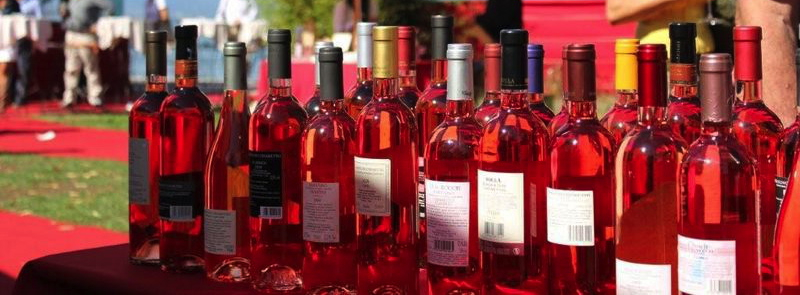With spring officially here, we want to spend a little time reflecting on a wine that will be in thousands of wine shops and on restaurant wine lists over the next few months: rosé.
Rosé truly took off here in the US a few years ago when it was reported that Sting was slugging bottles of it backstage before concerts during the Police reunion tour, then Kathy and Hoda started drinking it on The Today Show and pretty soon it was everywhere. But rosé has been a part of the wine world for centuries, especially in France where, currently, sales of rosé have exceeded that of white wine! It is France’s official drink of summer, and it is quickly becoming that in the US too!
The question most people often have is: where does rosé come from?
We know red wine is made from red grapes and white wine is made from white grapes, so does that mean rosé is made from pink grapes? Since pink grapes don’t exist, there has to be another way rosé is created, and that way is by skin contact. The color in every wine comes from the juice’s contact with the skins of the grape that the juice was just extracted from; the longer the skin comes in contact with the juice, the more color that is imparted. That means one could actually peel all the skins off of red grapes, extract the juice and make a white wine from it because if the juice never touches the red skins, it will stay white!
Rosé is, in fact, a product of red grapes, but when creating a rosé the winemaker only lets the juice he or she has extracted come in contact with the grape skins for a very short period of time, usually 2 to 3 days, thus imparting a beautiful pink color. You can’t go wrong with rosé on a nice spring or summer day. Chilled down in the refrigerator prior to opening the bottle, you can relax outside sipping glass after refreshing glass.

